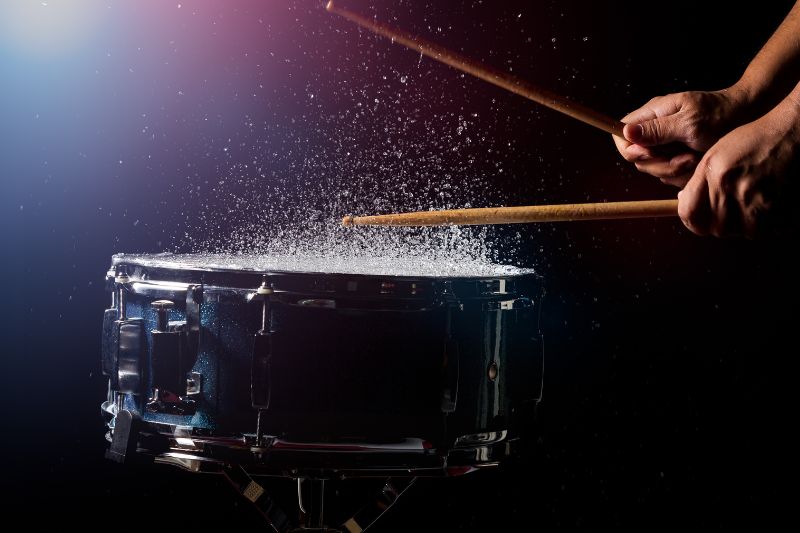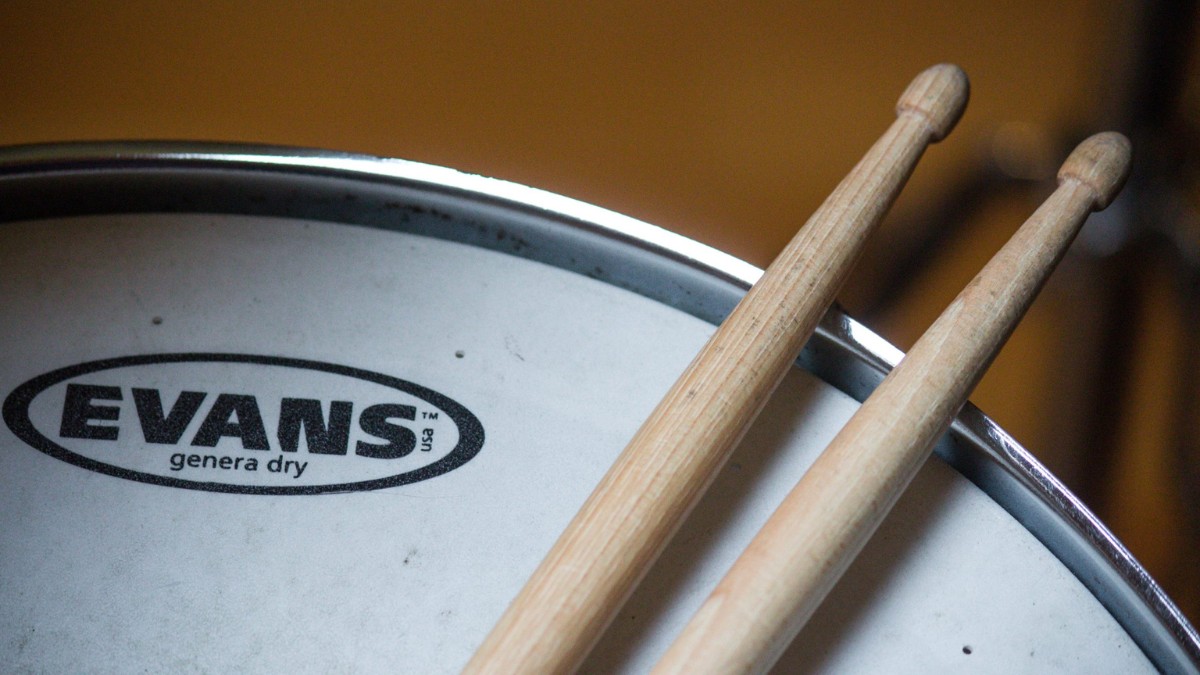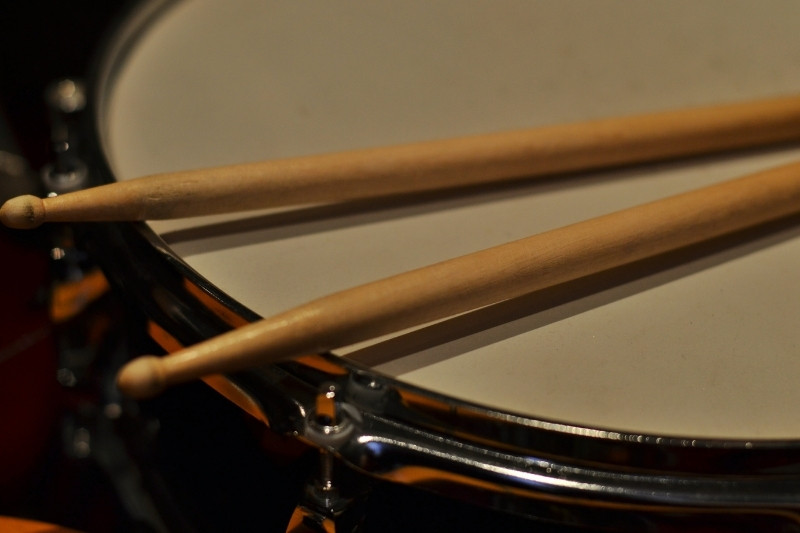How to Keep Your Drumsticks From Breaking

Drumsticks break, split, and chip away over time. There is nothing to keep your drumsticks to last forever. However, there are things that you can do to expand the life of the drumsticks, such as the technique you use and the choice of drumsticks.
Many drummers have issues with breaking too many drumsticks. Oftentimes, it is a combination of poor technique, incorrect cymbal placement/angle, and cheap drumsticks.
Contents
At a Glance
- You should buy drumsticks from reliable brands for optimal quality. Drumsticks from a quality manufacturer will cost anywhere around 10-15$.
- Imperfect technique will result in drumstick breaks. Learn to control your hits and let the vibrations dissipate naturally.
- The wrong cymbal angle will chip away your drumsticks. The cymbal should be slightly angled toward you.
- Rim shots can be detrimental to drumsticks. My advice is to get die-cast drum hoops for better longevity and sound, in general.
- If you’re a hard-hitting drummer, 5A drumsticks might not be the best option. Instead, try switching 5B or 2B drumsticks.
- Master rebound control and proper grip to preserve your drumstick’s lifespan. This will result in less tension in the wood and, hence, a longer lifespan.
- Maple, Hickory, and Oak are the three most commonly used drumsticks, each with its strengths and sound quality.
Mistakes to avoid and Tips to receive
The most important tip that every experienced drummer can give you is that you don’t want to save money when it comes to choosing your drumsticks. Many companies will try to sell you a pair of drumsticks for 3$, 2$, and even a dollar, but please avoid these. A good pair of drumsticks should cost you somewhere around 10$ or 15$.
Another really important tip is your drumming technique. Before you learn to control your hits and let the vibrations run their course in the wood of the drumstick, you will break quite a lot of drumsticks. Once you hit a rimshot, for example, don’t put pressure on the drumstick. Once the hit is done, you release it immediately and let the wood adjust.
There are also a lot of drummers who don’t position their cymbals correctly, causing the drumsticks to chip away a lot. If the cymbal is not angled a bit towards you, you are hitting the cymbal’s edge in a very weird position and angle, and you will chip away your drumstick much faster than you should.
How To Make Your Drumsticks Last Longer?
The most important thing you should do to make your drumsticks last longer is to make sure you are using the correct gear and setting it up correctly.
The first and probably the biggest “destroyer” of drumsticks are the snare drum hoops. When you hit a rimshot, there is a lot of vibration inside the wood of the drumstick, so if you do it on a triple-flanged hoop, you will break your drumsticks faster. Instead, try switching to die-cast hoops. Not only will your drumstick last longer, but it will sound better as well.
When it comes to cymbals, as I said before, angle them toward you a little bit so you don’t hit the edge at a sharp angle, and position your hi-hat lower for the same reason. This doesn’t have a lot to do with vibration, rather just chipping away at the drumsticks for hitting at a sharp angle.
Lastly, try different types of drumsticks. 5A is the most popular, and probably when you started and didn’t know what to look for, someone suggested 5A. But if you are a hard hitter, you might want to try 5B or even 2B.
How Bad Grip Will Make Your Drumsticks Break?
I mentioned technique and grip not just because it would make you a better drummer, but also because it would save you from acute pain and blisters, as well as money. How? Simple. With the correct grip technique, you don’t break a lot of drumsticks; therefore, you don’t have to purchase a lot of them.
The biggest enemy at first, but a friend later, is the rebound. If you want to accept it, play with it, and use the rebound to your advantage (which you should), you need to have a proper grip, and this will most likely make you learn new techniques. Once you learn rebound control, there will be a lot less tension in the wood of the drumsticks, and they won’t break as much.
Different Drumstick Materials
I want to touch up on the type of material you use. Drumsticks are made from many different types of wood. The tip of the drumstick can also be either wood or nylon, and there are many shapes to it. All this affects the life of a drumstick.
Here are the different types of wood that drumsticks are made of:
- Maple. Maple is the lightest of all. They allow you to play fast and give you easy control, but they are less durable than other materials on the list.
- Hickory. The most common material for drumsticks is hickory. It’s more durable than maple, absorbs a lot of vibrations, and it’s responsive.
- Oak. Oak is the most durable type of material used in manufacturing drumsticks. You miss out on control and can tire your hands fast if you use oak drumsticks, but they are hard to break.
Even though these three are the most common, there are also birch drumsticks and drumsticks made of a bunch of other materials, such as aluminum, carbon fiber, etc. The best thing you can do is experiment with different materials and different sizes and see what works best for you. Here is a list of the most durable drumsticks.
Conclusion
There is no method for not breaking drumsticks. All we can do is minimize the damage; through these tips, we can also improve our technique and grip. You will go through a lot of drumsticks no matter what, but knowing these tips sooner rather than later is always a good thing. You can also try some drumstick tape to prolong their life.







